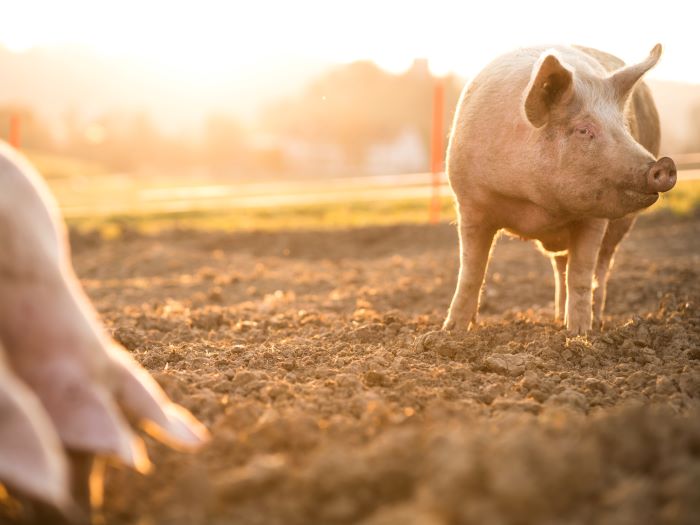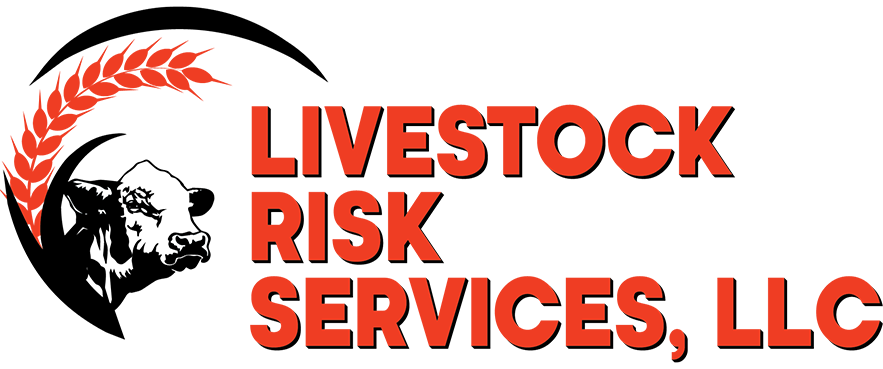Empower Your Organization: Bagley Risk Management Insights
Empower Your Organization: Bagley Risk Management Insights
Blog Article
Understanding Animals Risk Security (LRP) Insurance: A Comprehensive Guide
Browsing the world of animals risk protection (LRP) insurance can be a complex undertaking for several in the agricultural field. This kind of insurance coverage offers a safety and security internet versus market variations and unexpected situations that can impact livestock producers. By recognizing the details of LRP insurance coverage, producers can make informed decisions that might secure their procedures from financial dangers. From just how LRP insurance operates to the various coverage choices available, there is much to discover in this extensive guide that can potentially shape the means livestock manufacturers approach threat monitoring in their organizations.

Exactly How LRP Insurance Coverage Works
Periodically, comprehending the auto mechanics of Livestock Risk Protection (LRP) insurance can be intricate, yet breaking down just how it works can offer clarity for ranchers and farmers. LRP insurance is a threat management tool made to secure livestock manufacturers against unforeseen price decreases. The policy allows manufacturers to set a coverage degree based on their details requirements, choosing the number of head, weight variety, and protection rate. Once the policy remains in place, if market value fall below the coverage cost, producers can submit a claim for the distinction. It is essential to keep in mind that LRP insurance is not an earnings guarantee; rather, it concentrates solely on rate threat protection. The insurance coverage period typically ranges from 13 to 52 weeks, giving flexibility for manufacturers to select a period that straightens with their production cycle. By making use of LRP insurance coverage, farmers and herdsmans can mitigate the monetary dangers related to changing market rates, ensuring better stability in their operations.
Eligibility and Insurance Coverage Options

When it comes to protection choices, LRP insurance coverage uses manufacturers the flexibility to select the protection level, protection period, and endorsements that best fit their danger administration needs. By understanding the eligibility criteria and protection alternatives available, livestock manufacturers can make enlightened choices to handle threat efficiently.
Pros and Cons of LRP Insurance Policy
When examining Animals Threat Security (LRP) insurance coverage, it is important for livestock manufacturers to consider the drawbacks and benefits fundamental in this risk administration device.

Among the key advantages of LRP insurance is its capability to supply defense against a decrease in livestock costs. This can help secure manufacturers from monetary losses resulting from market variations. Furthermore, LRP insurance policy provides a degree of flexibility, enabling manufacturers to customize insurance coverage levels and policy periods to match their specific requirements. By securing in an assured price for their livestock, manufacturers can much better take care of danger and prepare for the future.
One restriction of LRP insurance coverage is that it does not protect against all types of threats, such as condition outbreaks or all-natural catastrophes. It is vital for manufacturers to very carefully evaluate their individual danger direct exposure and economic circumstance to determine if LRP insurance is the appropriate danger administration tool for their procedure.
Comprehending LRP Insurance Premiums

Tips for Making The Most Of LRP Advantages
Maximizing the benefits of Livestock Threat Security (LRP) insurance policy calls for strategic preparation and proactive risk administration - Bagley Risk Management. To make the many of your LRP protection, think about the following tips:
Regularly Assess Market Conditions: Stay notified concerning market patterns and cost our website variations in the animals industry. By checking these variables, you can make enlightened choices about when to buy LRP protection to shield against prospective losses.
Set Realistic Insurance Coverage Levels: When choosing coverage degrees, consider your manufacturing costs, market value of livestock, and possible threats - Bagley Risk Management. Establishing practical insurance coverage levels makes sure that you are adequately protected without overpaying for unneeded insurance coverage
Expand Your Coverage: Rather than depending only on LRP insurance, take into consideration diversifying your risk monitoring approaches. Incorporating LRP with other danger administration tools such as futures contracts or options can offer comprehensive coverage versus market unpredictabilities.
Review and Change Insurance Coverage Regularly: As market problems transform, regularly review your LRP coverage to ensure it straightens with your current threat direct exposure. Readjusting coverage degrees and timing of purchases can assist optimize your risk security method. By adhering to these suggestions, you can maximize the advantages of LRP insurance and protect your animals procedure versus unforeseen risks.
Conclusion
Finally, animals danger security (LRP) insurance is an important device for farmers to handle the economic dangers related to their livestock procedures. By understanding exactly how LRP works, eligibility and insurance coverage choices, like it in addition to the pros and cons of this insurance, farmers can make educated decisions to safeguard their livelihoods. By meticulously thinking about LRP costs and executing strategies to make best use of advantages, farmers can reduce prospective losses and make sure the sustainability of their operations.
Animals producers interested in getting Animals Danger Defense (LRP) insurance policy can explore a variety of eligibility criteria and coverage alternatives customized to their particular livestock operations.When it comes to coverage alternatives, LRP insurance supplies producers the versatility to select the coverage degree, coverage period, and endorsements that ideal suit their risk administration needs.To realize the intricacies of Livestock Risk Defense (LRP) insurance coverage totally, comprehending the aspects influencing LRP insurance premiums is critical. LRP insurance coverage costs are determined by different components, consisting of the coverage degree selected, the expected cost of animals at the end of the protection duration, the kind of livestock being insured, and the size of the insurance coverage period.Review and Adjust Insurance Coverage Routinely: As market problems transform, read the article occasionally examine your LRP insurance coverage to guarantee it aligns with your existing threat exposure.
Report this page